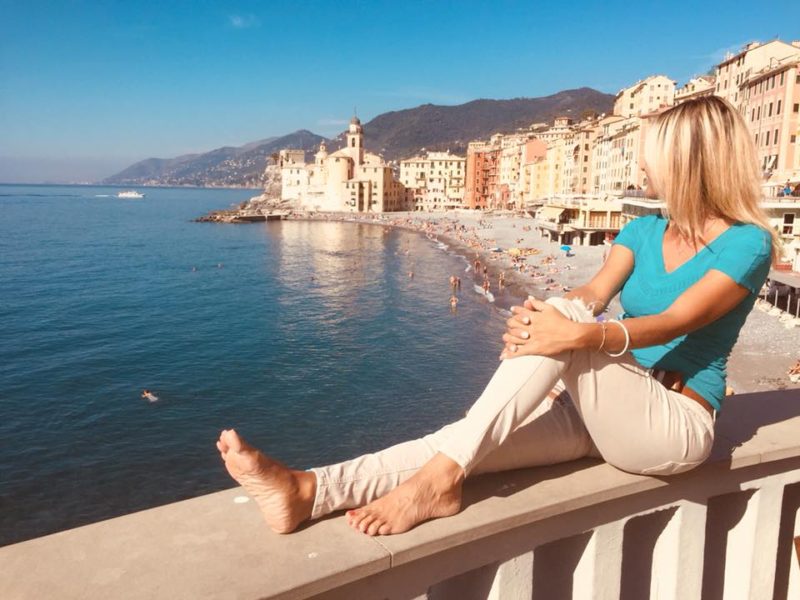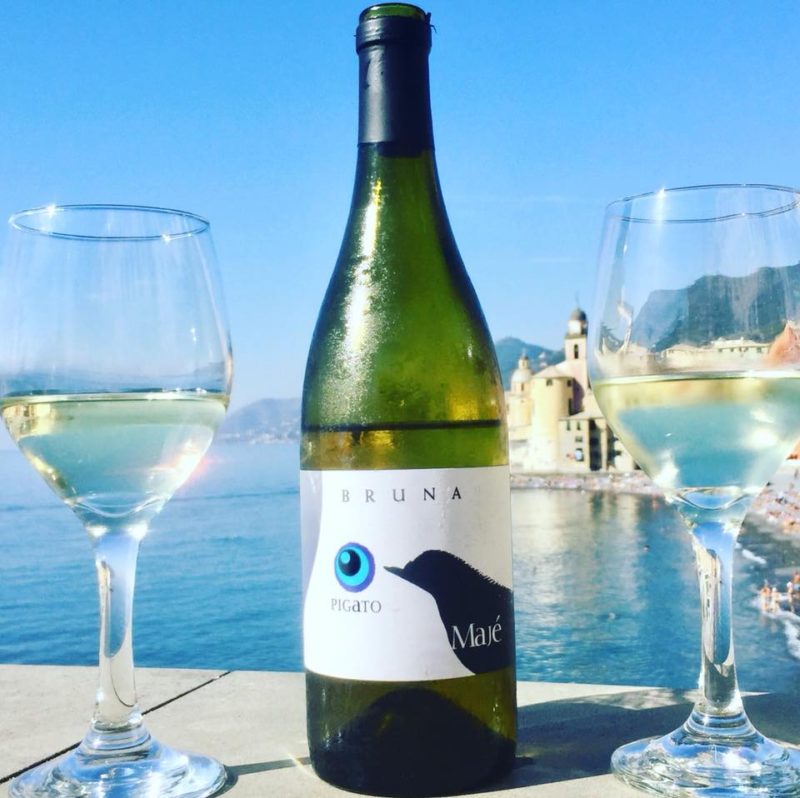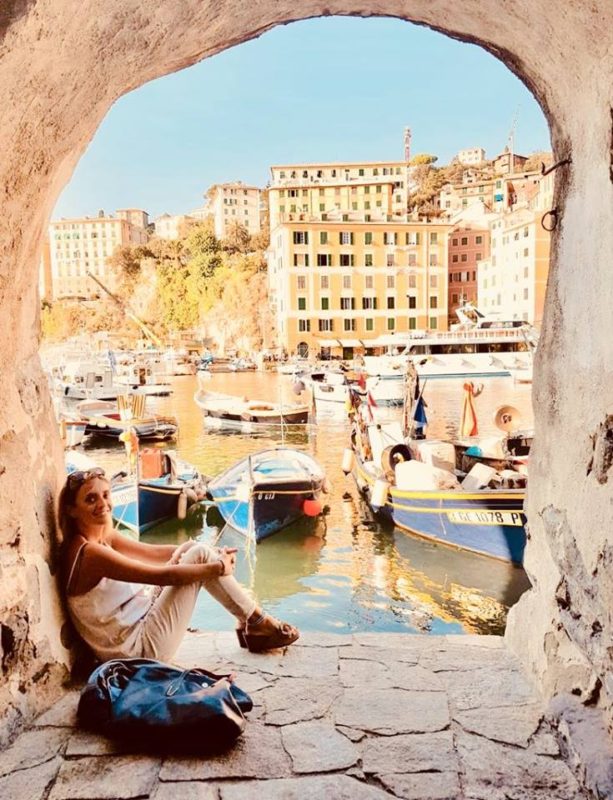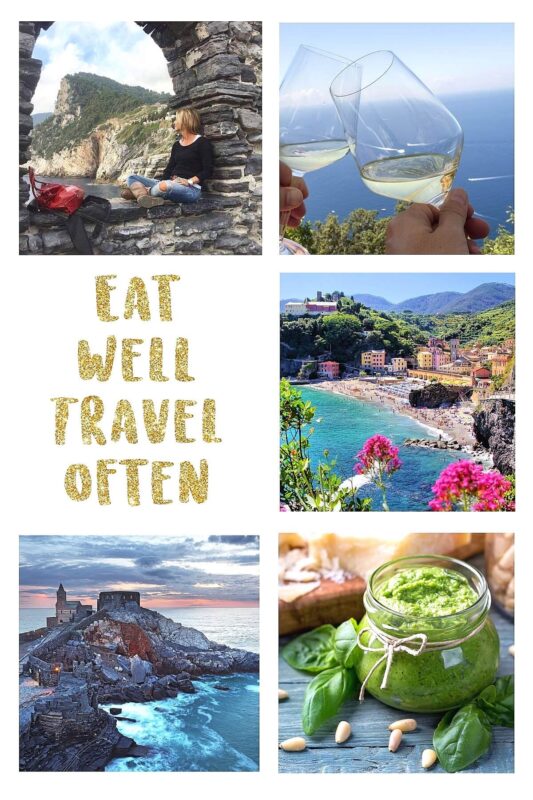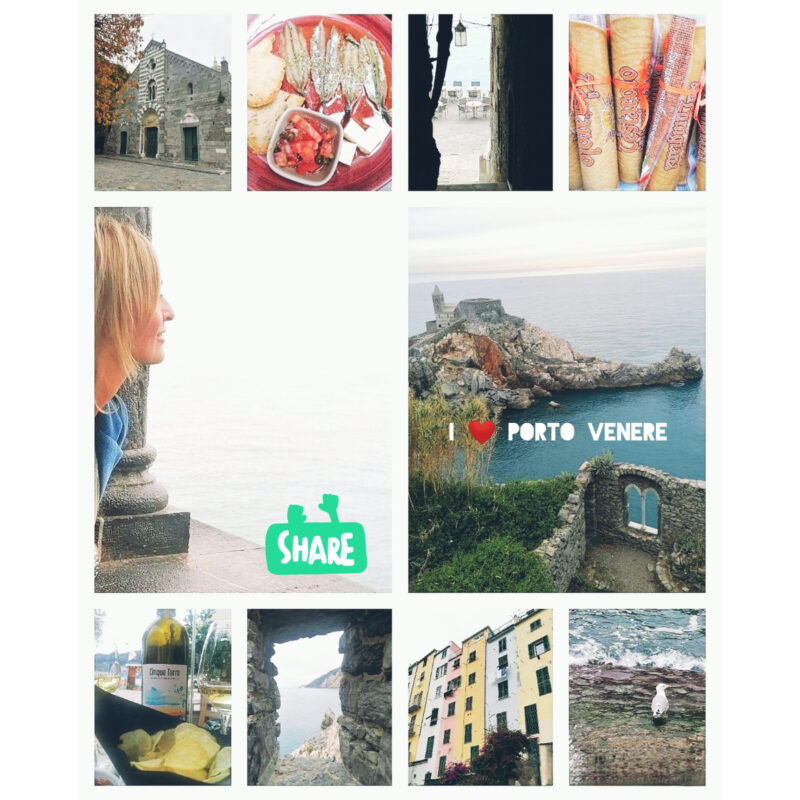“With Wine, Poetry, or Virtue, as you choose, but get Drunk!”
The ‘Federici Winery’, the Lunigiana in a glass!
There is nothing like the regional products of a territory that can describe its history and culture. The fruits of the earth tell us how people have shaped the landscape where they live. That is why visiting “Federici Winery“ is a special way to discover Lunigiana.
Lunigiana is a mysterious land sandwiched between the Ligurian coastal towns of “Cinque Terre” and the Tuscan cities of Lucca and Pisa. Follow me , read my post and explore a new part of Italy!
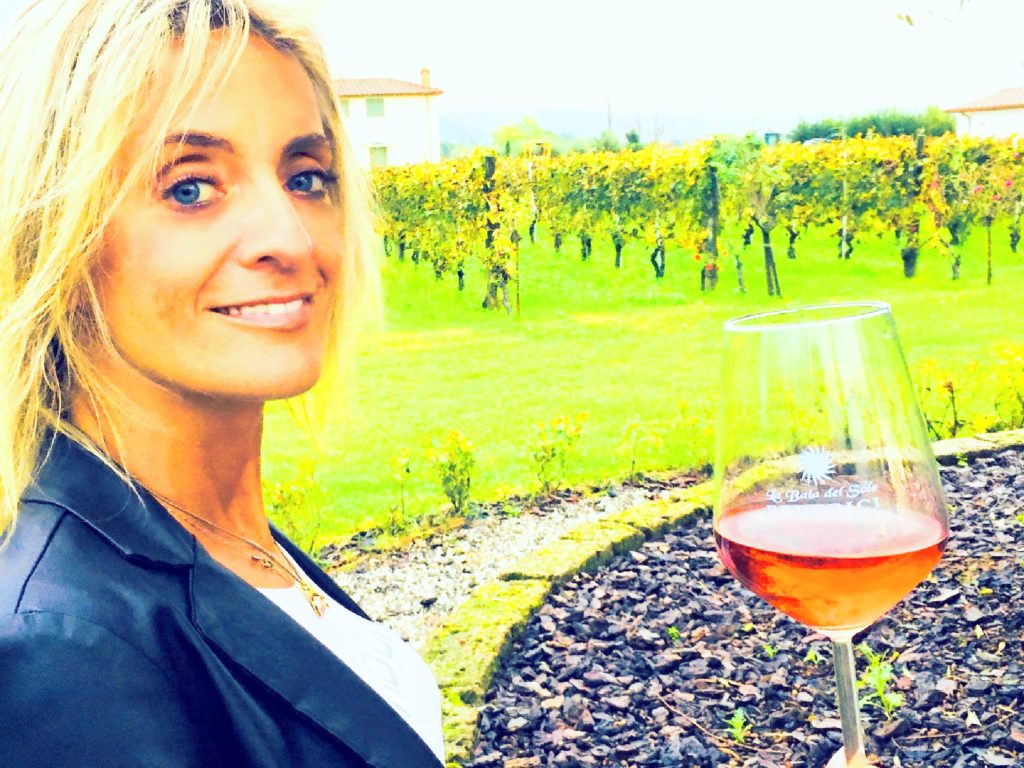
A special visit at “Federici Winery”, Ortonovo, Liguria
On the 2nd November I visited the “Federici Winery“ in Ortonovo, near the ancient ruins of Luni, the famous Roman port, where Roman merchant ships used to transport precious Carrara marble along the Tyrrhenian Sea.
Luca Federici welcomed me when I arrived at his wine cellar. He was ready to guide me through a tour of his winery and dedicated his time to share with me the story of his family, his territory and his wines. Luca’s big smile warmed a rainy day, making me realise that if you do what you love, you never work a day in your life!
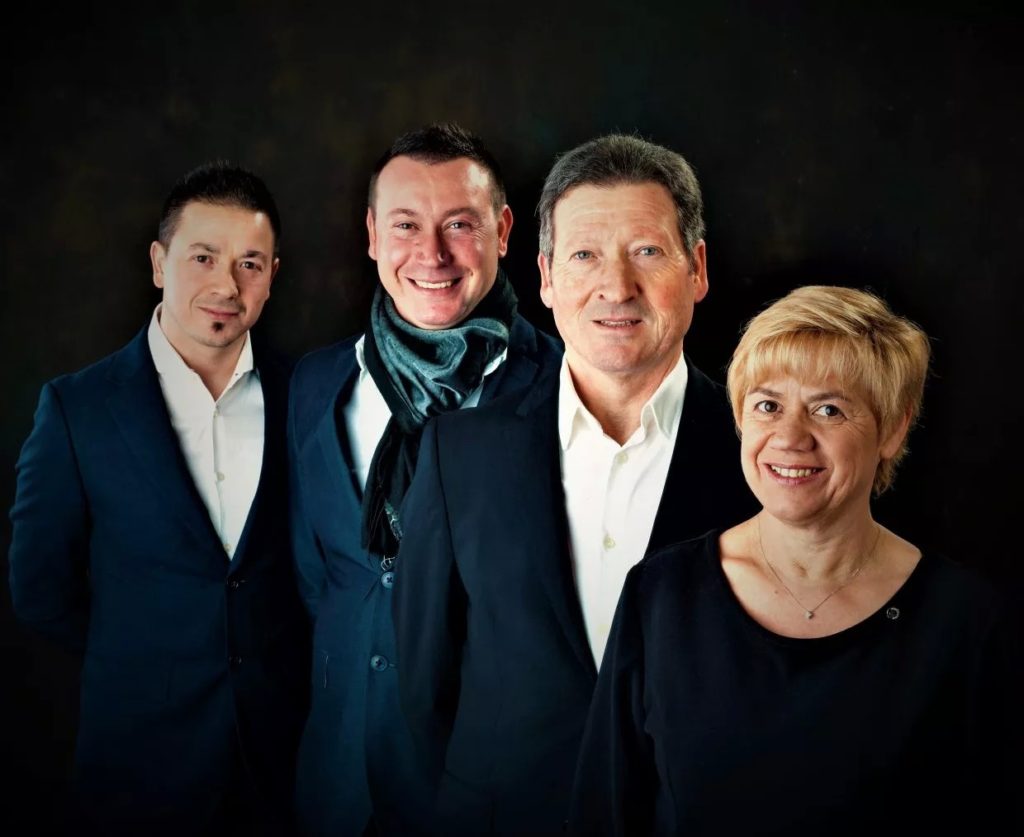
Federici Family, a Story of vineyards and men
The Federici family, originally from Ortonovo boast a long tradition of winemaking that has been handed down from father to son.
It all started in 1985, when Giulio Federici and his wife Isa, the third generation of the family restored a country property in Lunigiana , devoting themselves to cultivating the local grapes and to making quality wines.
Luca, the oenoligist, and his brother Andrea, the sales and marketing manager, represent the fourth generation of the “Federici family“. Today together they lead their business with passion, professionalism and with care for their territory.
Vermentino, the gold grape of Lunigiana land
The best result of the Federici family‘s love for what they do is of course one of my favourite wines, the so called Vermentino: a dry white wine that is sleek, tangy and even a little bit sexy.
There are hundreds of white grape types planted throughout Italy, though the Vermentino for me is really the best .
This old variety grows well here , because the climate is mild , and because the vines are planted close to the sea.
I’m crazy about the elegance of the Vermentino as well as the , minerality and saltiness in its finish, and pairing it with the local cuisine specialities , such as : seafood antipasti and pesto sauce, is something you have to experience once in your life!
“Federici Winery” is located near the ancient Roman port of Luni
“Federici Winery“ owes its name to the sun shining in the ancient Roman port of Luni. The archaeological site is still intact and just a couple of miles from the winery, and commemorates the thousand year old tradition of winemaking in this area.
“Federici Winery“ is located near La Spezia in far eastern Liguria nestling against the Apuan Alps (with peaks reaching almost 7,000ft only 5 km from the sea) and the river plain of the River Magra.
The terroir of “Federici Winery”
This privileged position provides an incredible microclimate, where the action of sea and mountain breeze, alternating between day and night, creates optimal conditions for growing vines and producing wines of excellence.
Here the soil in the valley is of an alluvial and sandy nature with leaner clay on the hills. That is how the Federicis can experiment different varieties of the Vermentino producing completely different taste profiles in the vineyard, along with other grapes:
Harvest usually starts towards the end of August and the beginning of September . Grape picking is one of the most important phases of work for the Federicis and is entirely done by hand just like it used to be when the winery was first set up.
The estate of “Federici Winery” and its cellar
The “Federici Winery“ is a key player in the local economy and has the objective to constantly work to enhance the quality of its wines. The winery extends over around 25 hectares with vineyards in prized locations both on the hillside and on the plain.
The winery buys hand-harvested grapes from other small growers in the surrounding countryside paying for quality, and keeping alive both tradition and wine culture. The winery produces 200.000 bottles a year, including whites, reds, rosé, sparkling wines, sweet wines and grappa.
Art and thecnology at “Federici Winery”
The Federicis invested a lot of money in the new winery in 2015, which now covers 1600 square metres and it is equipped with state of the art technology, such as a special isobaric bottling system, which ensures optimal care in the packaging of the wine .
Moreover, the winery follows bio-architectural principles in order to reduce the impact on the environment as well as maximise energy savings. The beautiful underground cellar, where the wines rest for their final refinement, is a perfect example of the harmony that exists between the buildings and nature.
The cellar of “Federici Winery”
The cellar is situated around a hundred metres below sea level, which helps harness the natural stability of temperature and humidity provided by the presence of an underground aquifer.
All this is further supported by constant control of every stage of the production process thanks to ecological solutions in the wine cellar such as solar panels, natural ventilation and the use of wood, stone and brick.
The Federicis are very proud of their magical reign and passion and patience and experience are key words of their philosophy. For them viticulture is a family tradition, and their care for the environment, the climate, the vineyards and their employees produces matchless wines, whose flavour reflect the beauty of their terroir.
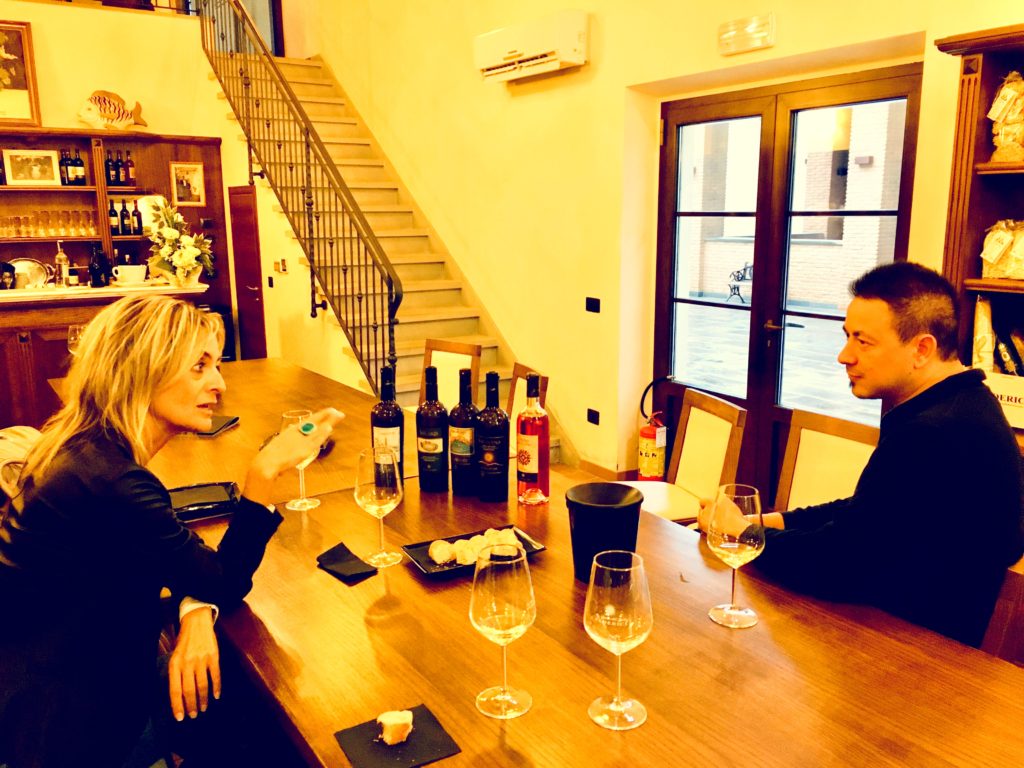
Tasting of the wines of “Federici Winery”
Wine tasting in “Federici Winery“ is an intimate and personal experience. The tasting room is very large, decorated with frescos and has two magnificent handmade chandeliers the design of which has been inspired by nature.
Luca took me through his line of biological wines and demonstrated the quality of his best bottles of wine by pouring me a glass of their Vermentino. He is proud of his wines with good reason and I sipped through his wines with pleasure.
All showed great character and depth as well as a softness you rarely see with natural wines. They seemed stable, substantial and yet so expressively honest.
The “Colli di Luni DOC Area”
Luca explained how the ideal climate for their white wines exists in the “Colli di Luni DOC Area”:
“ During the day there is superb ventilation and optimal exposure to the sun whilst the evenings are fresh and humid, always with moderate temperatures whether it be winter or summer.”
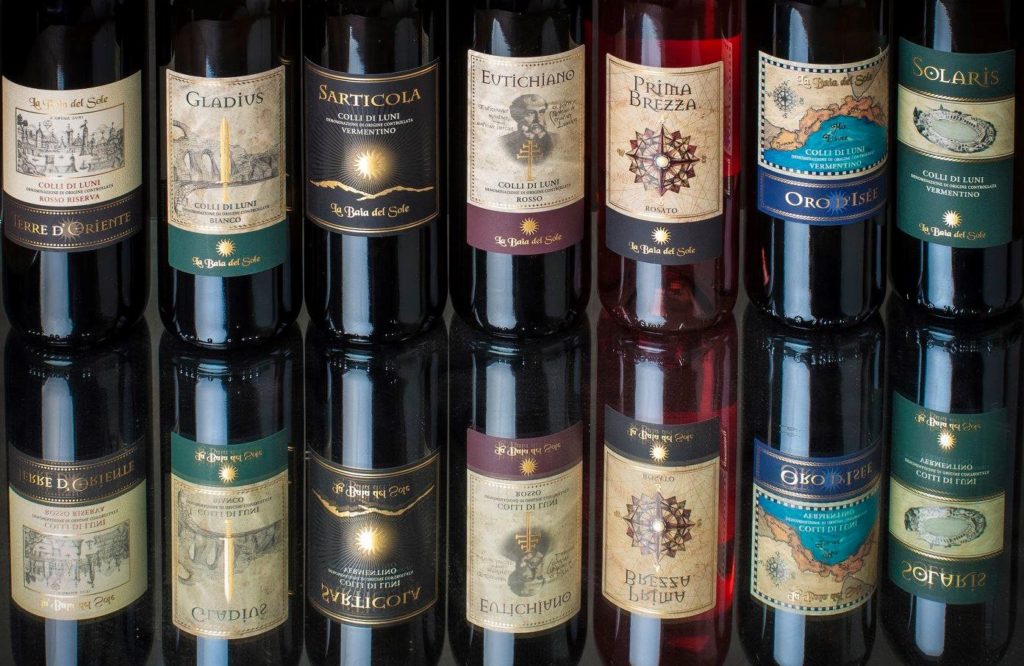
The best white wines of the “Federici Winery”
Federici‘s vineyards are situated within two to three miles of the sea, and here are the three versions of the their best wines made from 100 % Vermentino:
- “Sarticola Colli di Luni Vermentino DOC”: A very fruity and elegant white wine, expressing a strong mineral character; best paired with seafood dishes, grilled white meats and vegetables;
- “Oro d’Isee, Colli di Luni Vermentino DOC”: Made directly with the best selection of grapes cultivated between Luni and Castelnuovo Magra. It is ideal as an aperitif though its delicate but intense flavour makes this wine suitable for fried, hors d’oeuvres or elaborate fish-based dishes;
- “Solaris Colli di Luni Vermentino DOC” : This reflects an elegant floral bouquet and an aristocratic aroma. It can be paired with seafood fishes, white meats, and soft cheese.
What you don’t know about the Vermentino!
I learned a lot about Vermentino thanks to Luca. The best Vermentino is medium-bodied, fresh and quite round, with a floral aftertaste, and its freshness is the result of the natural, lively acidity of the grape itself which provides balance as well as a marvellous affinity for pairing with a variety of foods.
Vermentino grows not only in Liguria, but also in Sardinia and Tuscany, and in each of these three territories, the vineyards are very close to the sea, giving the wines a special character that you don’t find in wines from vineyards in a warmer, inland area.
Vermentino from a maritime climate tends to display a great minerality or saltiness in the finish. Vermentino is one of the most important varieties in Liguria, along with another white known as “Pigato“.



The best red wines of “Federici Winery”
Lunigiana is one of the smallest region in Italy, but its white wines are among the most distinctive, like the other three wines I sipped at the “Federici Winery“ :
- “Gladius Colli di Luni Bianco DOC”: A blend of 45% Vermentino, 36% Trebbiano, 11% Malvasia, and 8% Albarola, (grapes cultivated between Luni and Castelnuovo Magra). Very expressive with some green herbal notes and a taut lemony fruitiness. It finishes a little short, though has an attractive lighter style. It’s perfect for delicate fish and white meat dishes, and is an excellent choice for drinking throughout the day, either alone or with friends;
- “Prima Brezza Liguria di Levante IGT”: While I’d be the first to accept there are plenty of good rosés throughout Italy, you have to accept the fact that a great rosé, made from quality grapes in the traditional method, is always wonderful. “Prima Brezza” is an intense rosé, made from 100 % Black Vermentino. With its bright pink colour, it is a crisp, light and fresh rosé wine bursting with fruit and floral notes, nothing less than sunshine in a bottle, perfect for sharing and sipping during the best moments of your life;
- “Eutichiano Colli di Luni Rosso DOC Rosso”: A blend of 60% Sangiovese,, 20 % Merlot, and 20% Ciliegiolo, more of a light red wine, with strawberry fruit, fresh acidity, firm structure with a dry tannic finish.
Lunigiana, a magic land between Tuscany and Liguria
If you are a wine lover or a wine expert, Lunigiana could be your perfect upcoming destination. Lunigiana, in north west Tuscany, has a lot to offer. It is a location to be enjoyed all year round, and above all it is easy to get to via flights to either Pisa or Genoa.
The wine region of Lunigiana is very beautiful, with vineyards on rocky hillsides that overlook the sea as well as vineyards higher up in the valleys and small narrow roads that meander up amongst the vineyards. With such a large number of grape varieties unique to Lunigiana, this can lead to some confusion though doing research before visiting and wine tasting in such a picturesque region is worthwhile.
What to see in Lunigiana
Lunigiana is also dotted with numerous stunning medieval villages and is a pearl amongst the other international and aristocratic hamlets along the zone of the “Riviera Ligure di Levante”, such as:
Lunigiana lies between the northern Appenines, the “Versilian Plan”, and the “Gulf of la Spezia” and has real rural character as well as castles, Romanesque churches, and old towns full scenes of rare beauty starting with Luni and Sarzana.
The ancient Roman port of Luni
Luni the ancient Roman port which gives the name to Lunigiana. Luni is surrounded by a valley called “Val di Magra” in the “Montemarcello Magra Park”, which extends from inland Liguria up to the “Gulf of Poets”. Points of interest include the remains of an Roman Amphitheatre (1st century AD) and the Archaeological Museum.
Sarzana, a beautiful town in Liguria
Some are born in Sarzana and love it for life, others choose Sarzana as their place. The latter seems to be the case with the family Bonaparte, who were welcomed there in exile and from where they left to conquer the world.
The Bonaparte family left an important witness to their presence in the form of the “Bonaparte Tower House”, which is located in the first section of the “Via Mazzini”, a few steps away from the ancient church of “Sant’Andrea”.
Sarzana is a quiet city, tourists don’t go there much. You might peek into some of the antique shops in the historic centre, or into the terrific main square “Piazza Matteotti” .
There are many restaurants in Sarzana, and all of them are good. It’s like the town is waiting for tourists who seldom come.
What to visit in Sarzana
Sarzana has two nice castles:
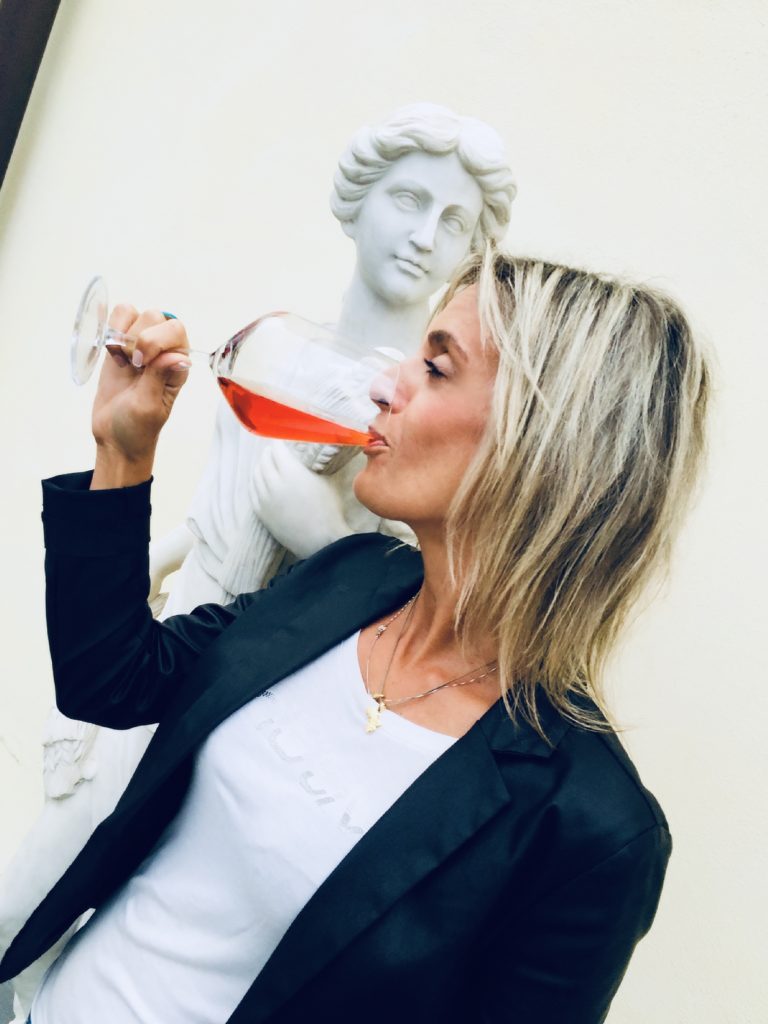

Italy, 100 % of Beauty!
Save your appetite my friends . Stay thirsty. Passion and humility create balance in the heart and balance in the glass. Luca knows this and you can see it in his eyes and taste it in his wines.
It was an incredible experience. I learned a lot about wines and the culture of this land. Without any doubt, I can help you with finding a new place to go for your upcoming holidays in Italy!
If you like my post, please subscribe to the socials of www.WeLoveitaly.eu :





